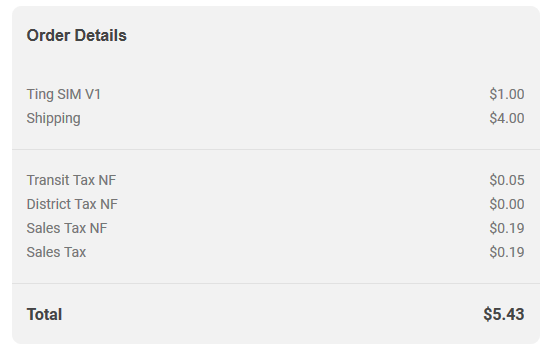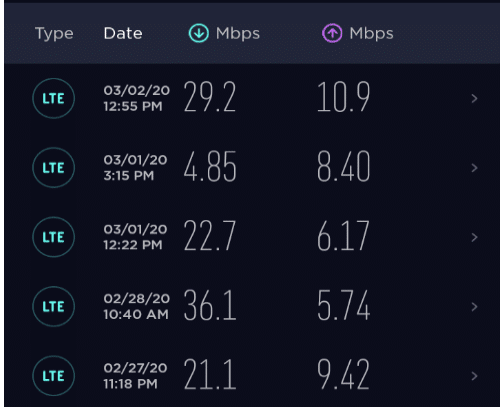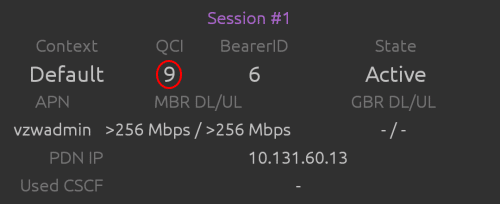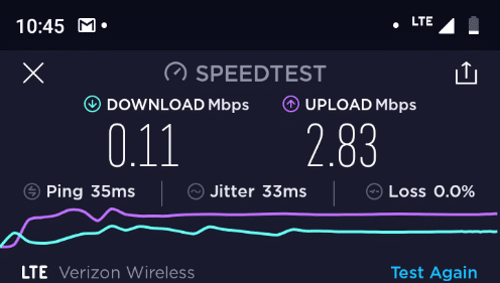The MVNO Twigby just launched a handful of what it calls “Smart Value Plans.” These plans are an alternative to plans using Twigby’s build-your-own-plan structure.
Each of the new plans comes with unlimited minutes and texts. The plans differ in their data allotments. Twigby has a 3GB, 5GB, and 10GB Smart Value Plan. The new plans cost a bit less than an equivalent plan would cost under Twigby’s old build-your-own-plan structure.
| Monthly Data | New Price | Old Price | Savings |
|---|---|---|---|
| 3GB | $20 | $28 | 29% |
| 5GB | $25 | $33 | 24% |
| 10GB | $35 | $43 | 19% |
For the first six months of service, Twigby offers customers 25% off the prices above.















